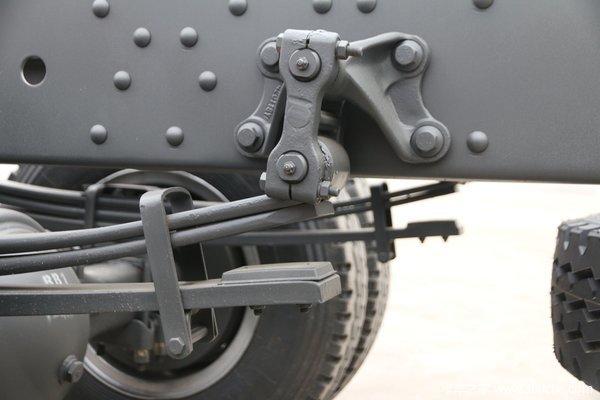Leaf springs have been an integral part of vehicle suspension systems for centuries. These long, flat metal bars provide stability and support by absorbing and dispersing the forces acting on the vehicle. Leaf spring technology involves the manufacturing and shaping of these components to ensure optimal durability, longevity and performance.
The process begins with selecting high-quality steel known for its strength and flexibility.
The next step in the leaf spring process is to cut and shape the metal to the desired specifications. Advanced cutting machines precisely shape the steel into individual blades of varying lengths, widths and thicknesses. The number of blades depends on the load capacity required for the specific application. The blades are then smoothed and deburred to remove any sharp edges or imperfections that could compromise their performance or safety.
Once individual leaves are created, they are assembled into a stack. The stack is held together by a center bolt that provides the pivot point for the leaf spring assembly. The shape of the blades arches when assembled, creating the characteristic curved shape of a leaf spring. This curvature allows the leaf spring to deform and absorb road-induced shock and vibration, providing a smooth ride.
This steel is then subjected to a series of heat treatments and tempering processes to improve its tensile strength and fatigue resistance. This critical step ensures that the leaf springs can withstand the constant stresses and loads of the vehicle.
To enhance durability and corrosion resistance, the assembled leaf springs undergo a surface treatment process. This usually involves applying a protective layer of paint or powder coating to the spring. Not only does this coating prevent rust and corrosion, it also enhances the aesthetics of your leaf springs.
The final step in the leaf spring process is quality control and testing. Each leaf spring is carefully inspected to ensure it meets the required specifications. This includes checking that the leaves are correctly aligned, evenly spaced, and have sufficient flexibility. Additionally, various tests were conducted to evaluate the strength and performance of leaf springs under different loading conditions. These tests include static load tests, fatigue tests and shock tests that simulate real-life conditions.
Leaf spring technology continues to evolve to meet the growing demands of the automotive industry. Manufacturers are constantly experimenting with new materials and design techniques to improve leaf spring performance and efficiency. Advanced techniques such as computer-aided design and simulation are utilized to optimize the shape and size of springs for specific vehicle applications.
In summary, the leaf spring process is a highly complex and precise manufacturing method that ensures the production of high-quality suspension components. Through careful material selection, shaping and testing, leaf springs are engineered to withstand the harshest road conditions and provide a comfortable, safe ride for all types of vehicles. As technology continues to advance, leaf springs are expected to become more durable, lightweight and efficient in the coming years, further improving the overall performance and reliability of vehicles.
Post time: Nov-28-2023









